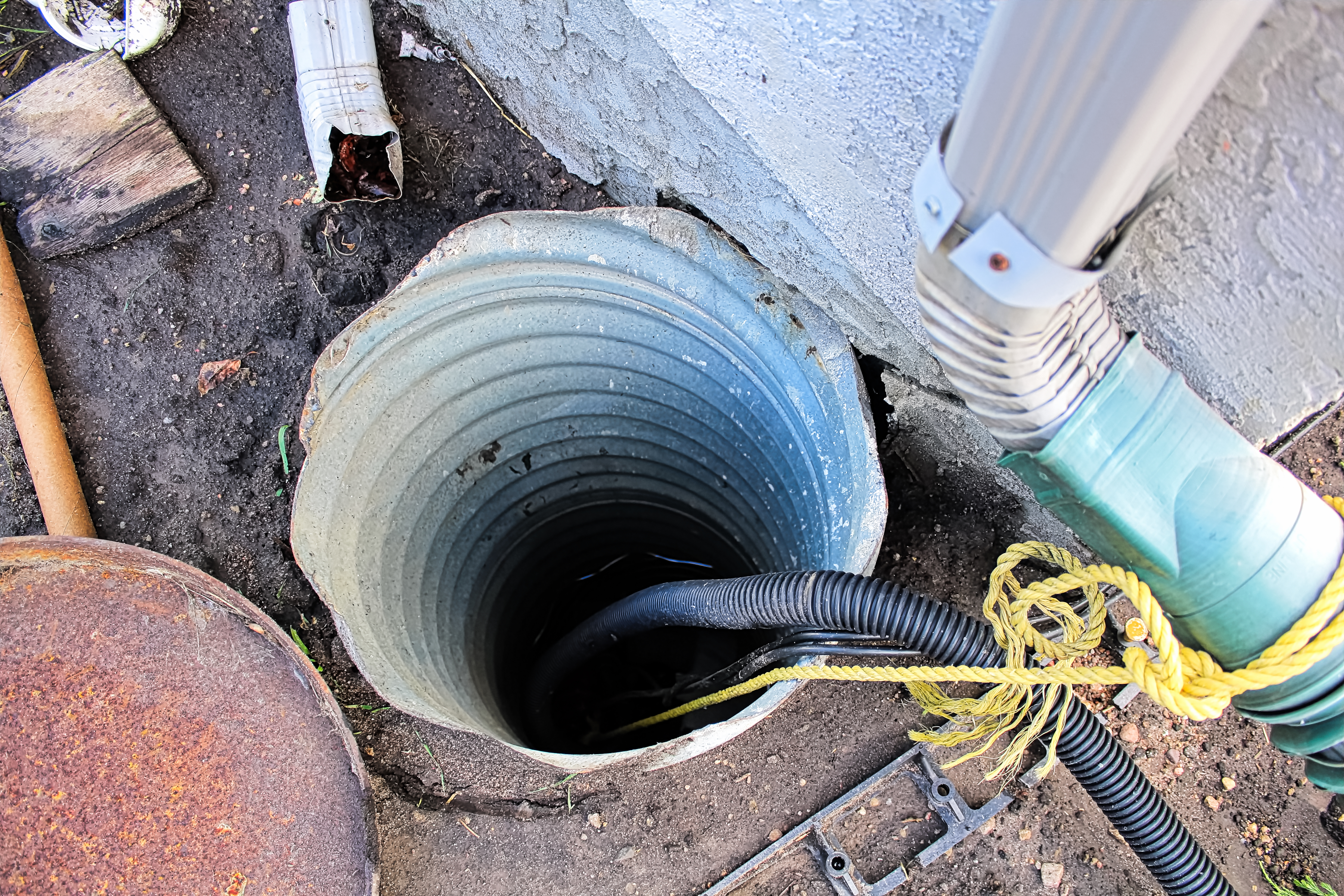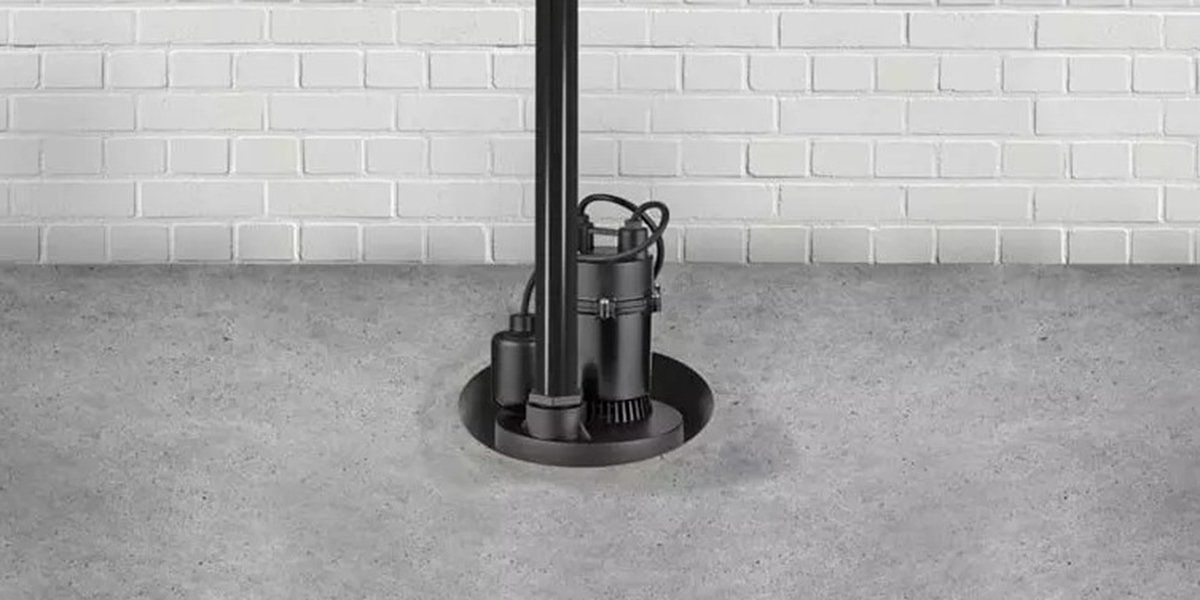Are you currently searching for know-how about How to Care for Your Sump Pump?

Sump pumps are critical elements in numerous homes, specifically in locations prone to flooding or too much dampness. They assist protect against water damages by successfully eliminating excess water from basements or crawl spaces. Nonetheless, like any other appliance, sump pumps require regular maintenance to guarantee they function properly when required one of the most. Cleansing your sump pump is an essential part of its maintenance, and recognizing exactly how to do it effectively can conserve you from expensive repair services and possible disasters.
Intro
Keeping a tidy sump pump is crucial for its proper functioning and long life. Overlooking this crucial task can result in obstructions, breakdowns, and eventually, water damage to your home. Therefore, learning just how to clean a sump pump is critical for homeowners that rely upon these devices to maintain their basements completely dry and safeguarded.
Comprehending the Sump Pump
Prior to diving into the cleansing process, it's important to have a fundamental understanding of exactly how a sump pump functions. Commonly installed in a pit or container below the basement flooring, a sump pump includes a number of vital parts, including a pump, a float button, and a discharge pipe. When water gathers in the pit, the float switch turns on the pump, which after that pumps the water out with the discharge pipe, away from the structure's foundation.
Indications of a Dirty Sump Pump
Knowing when your sump pump needs cleaning is important for preventing prospective breakdowns. Some common signs that suggest a filthy sump pump consist of strange sounds during operation, decreased water flow, and visible debris in the pit. If you notice any of these symptoms, it's essential to clean your sump pump immediately to stay clear of any further concerns.
Preparing for Cleansing
Before you start cleaning your sump pump, it's essential to take some security preventative measures. Beginning by shutting off the power to the pump to prevent any type of electrical accidents. In addition, put on ideal safety equipment, such as handwear covers and goggles, to protect yourself from dust, debris, and potential virus.
Detailed Guide to Cleaning a Sump Pump
Turning off the Power
Begin by disconnecting the power supply to the sump pump to avoid any type of mishaps while cleaning.
Getting Rid Of Debris and Dust
Make use of a container or a scoop to eliminate any kind of noticeable particles, dirt, or sediment from the sump pit. Dispose of the debris properly to stop it from clogging the pump or the discharge pipe.
Cleaning up the Pump and Drift Switch Over
When the pit is free from particles, carefully remove the pump from the pit. Evaluate the pump and the float button for any type of indicators of damages or wear. Use a soft brush or cloth to clean up the surfaces and eliminate any kind of gathered crud.
Purging the System
After cleaning the pump and float switch, flush the sump pit with clean water to get rid of any type of remaining dust or debris. This will certainly help make certain that the pump operates smoothly and effectively.
Checking for Proper Functioning
Prior to reinstalling the pump, do a quick examination to guarantee that the float button triggers the pump properly. Put some water into the sump pit and observe the pump's operation. If every little thing is operating correctly, you can reconstruct the pump and reconnect the power supply.
Maintenance Tips to Maintain Your Sump Pump Clean
Along with routine cleansing, there are a number of upkeep ideas you can follow to keep your sump pump in optimal problem:
- Routine Assessment: Inspect your sump pump on a regular basis for any type of signs of wear, damage, or obstructions.
- Maintaining the Surrounding Area Clean: Guarantee that the area around the sump pit is free of particles, dirt, and blockages.
- Evaluating the Pump Regularly: Check your sump pump periodically by pouring water right into the pit and observing its operation. This will certainly aid you determine any type of possible issues before they rise.
Conclusion
Cleaning your sump pump is a vital aspect of its maintenance and ensures that it operates effectively when you require it the most. By adhering to the steps laid out in this guide and including regular maintenance right into your regimen, you can extend the lifespan of your sump pump and secure your home from water damages.
6 STEPS ON HOW TO CLEAN A SUMP PUMP PROPERLY
UNDERSTANDING SUMP PUMPS
Your sump pump plays a crucial role in protecting your home by managing and removing excess water. It primarily functions as a “shield”, guarding your basement against the damaging effects of water accumulation. The pump is housed in a sump pit in the lowest part of your basement, and its job is to pump out any water that collects there.
During heavy rainfalls or when snow melts rapidly, water can infiltrate your basement, posing potential risks like flooding, structural damage, and harmful mold growth. Here, the sump pump springs into action, pumping out the intruding water and directing it away from your home.
SAFETY FIRST
Before cleaning, remember to prioritize safety. Disconnect the sump pump from the power source to prevent any accidental electric shocks. Also, wear sturdy gloves to protect your hands from any sharp or dirty components within the pump.
REMOVE THE SUMP PUMP
After ensuring your safety, the next step is to remove the sump pump from its pit. Doing this might require careful maneuvering as you don’t want to damage any pump components. Once removed, clean the sump pit to remove any accumulated debris or sludge.
INSPECT THE PUMP
Inspect the pump for any visible signs of wear or damage. Check the power cord, float switch, and impeller housing. If any components look worn out or damaged, consider replacing them to ensure optimal performance.
CLEAN THE PUMP
Thoroughly clean the pump with warm, soapy water. Make sure to rid it of any dirt, gravel, or other debris that might impede its performance. You can use a toothbrush to clean the small, hard-to-reach parts of the pump.
REINSTALL THE SUMP PUMP
- Reinstall the pump into the sump pit
- Make sure it’s positioned correctly to remove the water effectively
- Once it’s back in place, reconnect it to the power source
TEST THE PUMP
Finally, pour some water into the pit to ensure the pump works correctly. It should start automatically and begin pumping out the water; if it doesn’t, check the power source and the positioning of the pump.
Remember, while cleaning your sump pump is an essential part of home maintenance, hiring a professional plumber for a thorough inspection and cleaning at least once a year is also important. This will ensure that your pump is in optimal condition, ready to protect your home from potential water damage.
BEST PRACTICES FOR CLEANING SUMP PUMP DISCHARGE PIPES
- Regular Inspection: Regularly inspect your discharge pipes, especially during heavy rainfall or snowmelt periods. Look for any signs of blockage or damage. Early detection of problems can prevent serious issues down the line.
- Periodic Cleaning: Over time, sediment and debris can accumulate in the discharge pipes, impeding the flow of water. Regular cleaning helps keep the pipes clear and functioning efficiently. You can use a high-pressure water jet to effectively clean the pipes.
- Insulation During Winter: In colder climates, discharge pipes can freeze, blocking the outflow of water. Protect your discharge pipes from freezing temperatures by insulating them with foam pipe insulation. This will ensure the sump pump can continue to discharge water even in freezing conditions.
- Proper Positioning: The discharge pipe should be positioned to direct water away from your home’s foundation. Improper positioning can lead to water seeping back into the basement. Ensure the pipe is long enough and angled correctly.
- Installation of a Check Valve: A check valve prevents water from flowing back into your sump pit after the pump has pushed it out. Installing a check valve helps maintain the efficiency of your sump pump and reduces the risk of flooding.
- Minimize Pipe Turns: Every curve or turn in the discharge pipe can decrease the efficiency of water flow. By minimizing turns and bends in your discharge pipe, you can increase the efficiency of your sump pump.
https://www.fullspeedplumbing.com/how-to-clean-a-sump-pump-properly9999/

I was shown that write-up about How to Care for Your Sump Pump through someone on another domain. So long as you liked our blog post please do not forget to pass it around. Thank you for going through it.
Set Up An Appointment
Comments on “Step-by-Step Instructions for Taking Care of a Sump Pump”